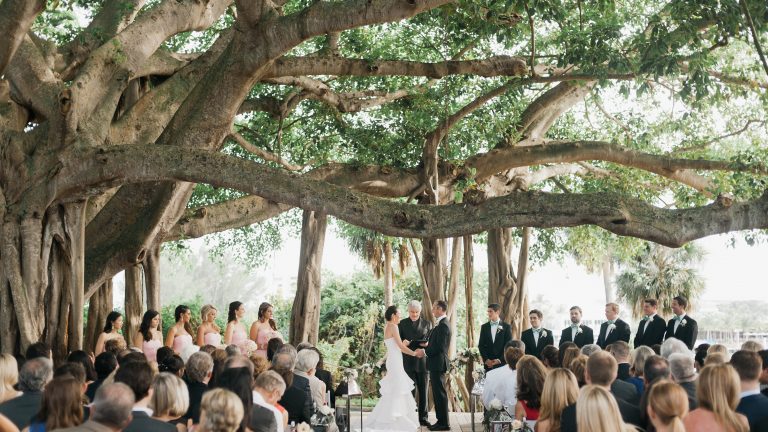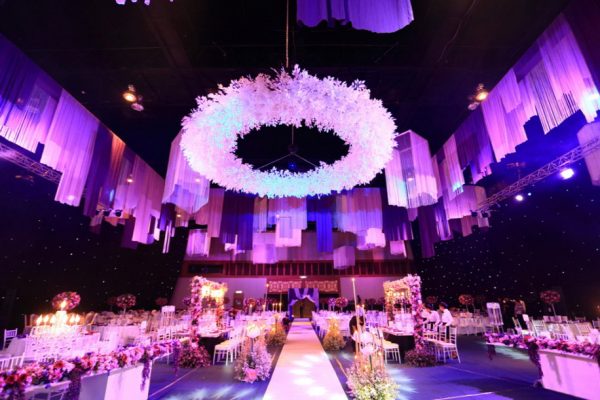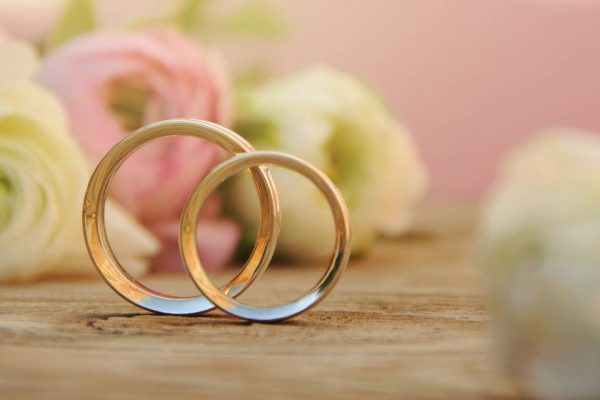Before you get married, you should know what to expect from your wedding ceremony. There are many ways to conduct a wedding ceremony. The officiant introduces the event, explains the purpose of the vows, and says a charge to the bride and groom. This charge reminds them of the importance of the marriage and the journey that lies ahead. Depending on the type of ceremony, the charge may have a religious overtone. After the charge, the officiant then announces the bride and groom as husband and wife.
Handfastings
During your wedding ceremony, you can include handfastings as a part of the vows. You can choose from different colors for the handfasting cords, which can be a great inspiration for your vows. The style of handfasting ceremony is often determined by your cultural background, spiritual beliefs, and social standing. To choose a handfasting that will suit your wedding ceremony, it is helpful to consult with a celebrant and learn about the customs and traditions of their community.
A handfasting is similar to saying “you are now husband and wife,” but is performed in a more formal manner. It is also customized to reflect the terms of the union agreed upon by the couple. Because it does not have to be permanent, it can be as short or as long as the couple desires. Additionally, couples can add or exchange personal vows during their handfasting ceremony, and make it as personal and unique as they like.
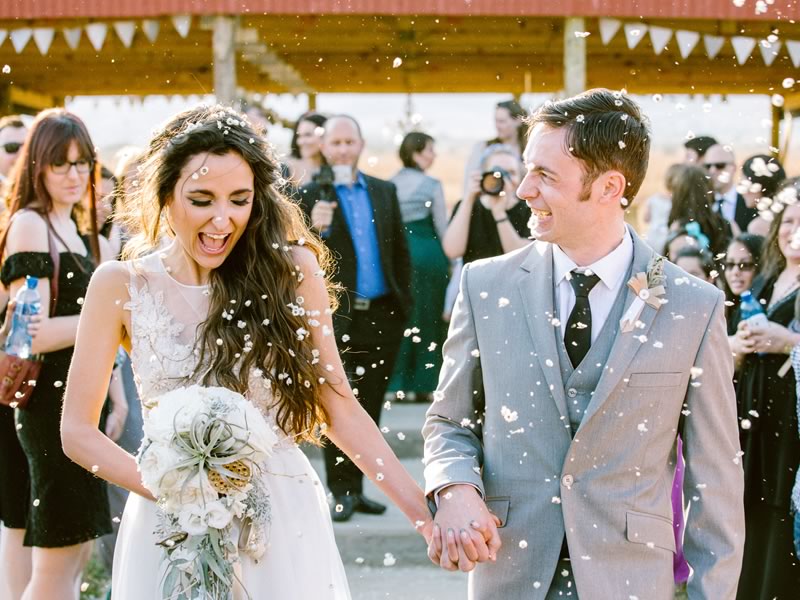
Christain weddings
Christian wedding ceremonies include gospel messages and sermons. They also include prayers. Prayers are a communication between God and his people. They thank God for what He has done for them and ask for His help and blessings. Traditionally, the bride and groom are escorted by their fathers. But many brides opt for a parent figure who will be able to guide them. This is the ideal way to make a Christian wedding special.
Christian weddings are unique in that they celebrate the covenant between God and man. They are different from secular weddings, because Christians have made a commitment to follow Jesus Christ and bear His name because they believe He is their Savior. The ceremony also includes reading bible verses together. Many of these Bible verses speak of marriage and the power of love. A cord made from three pieces of rope is often used as a symbol in a Christian wedding.
Hindu weddings
The Hindu wedding ceremony includes several different rituals. Before the wedding, the groom’s parents and maternal uncles shower the to-be-wed couple with gifts and treats. In the past, they brought dresses for the wedding, but this tradition has been discontinued in modern Hindu wedding ceremonies. During the ceremony, the bride and groom exchange rings. The groom’s family performs puja to Lord Ganesh daily for seven days before the wedding.
The Hindu wedding ceremony begins with a prayer to Ganesha, the god of beginnings, good fortune, and the removal of obstacles. The bride and groom then walk on seven piles of grains, while the bride’s brother makes offerings for the fire. The offerings symbolize the couple’s material wealth. After the bride and groom stand on the piles of grain, they walk together holding each other’s pinkies. During this time, they pledge to stay together, even when times get tough.
Jewish weddings
One of the highlights of a Jewish wedding is the Veiling Ceremony. This ritual is based on the biblical story of Jacob who married his sister’s sister by mistake. The bride wears a veil before entering the Chuppah, and the groom covers her face with a shawl as she walks down the aisle. The story of Jacob and Leah is one of the earliest examples of the practice. A Jewish groom’s double check on his marriage prospects during the Veiling Ceremony is the most important part of the wedding ceremony.
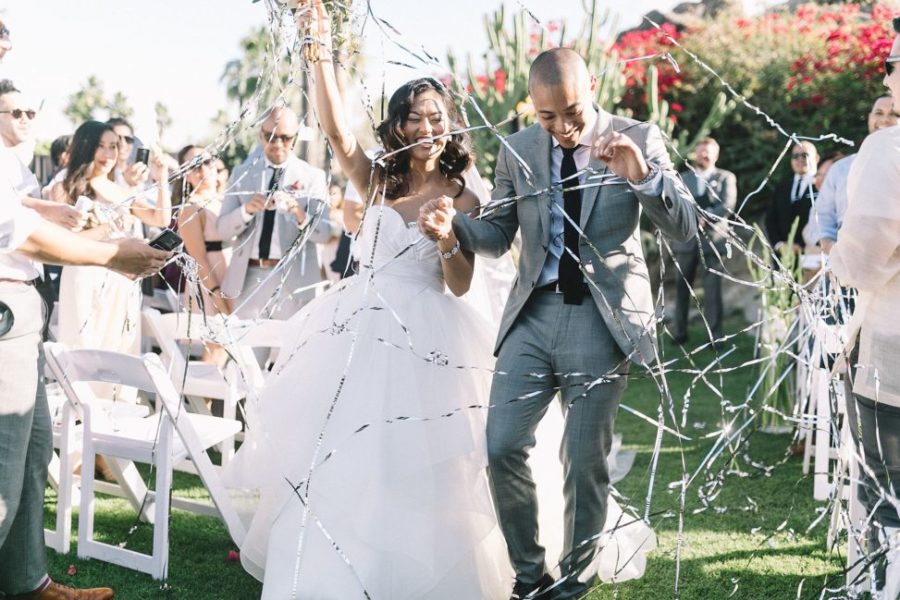
Guests then gather under the huppah to witness the wedding. The bride, who is veiled, walks around the groom three or seven times. This symbolically represents the circle that the couple will create in their new home. The groom’s parents may accompany him as well. The couple may also circle each other three times before they exchange vows. However, it is more traditional to have the bride walk around the groom alone.
Nondenominational weddings
Getting married in a nondenominational ceremony means that you’re not confined to a specific religion. Although the term “nondenominational” may be confusing, the two aren’t necessarily the same. While nondenominational wedding ceremonies are free of any religious elements, they do include some spiritual elements. This may include breathing during the ceremony and blessing hands. In addition, a nondenominational ceremony is just like any other wedding.
For example, a wedding ceremony might begin with a procession down the aisle. The wedding party and newlyweds walk down the aisle in reverse order. A flower girl can sprinkle petals and guests may blow bubbles at them as they walk past. A nondenominational ceremony can include a ceremony similar to a traditional wedding, with the added benefit of allowing the couple to put their own stamp on rituals and traditions.
